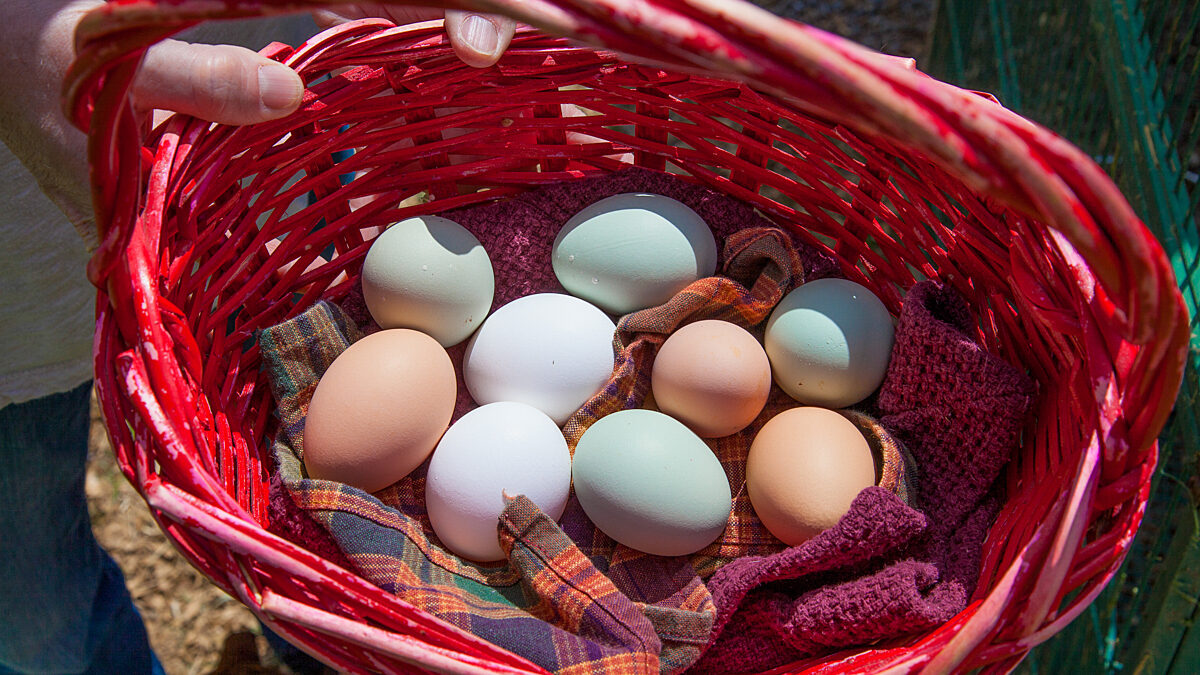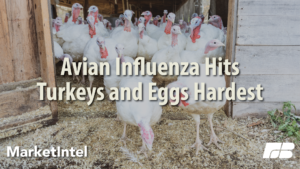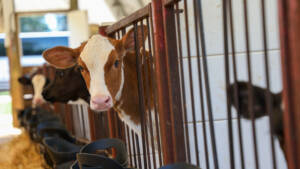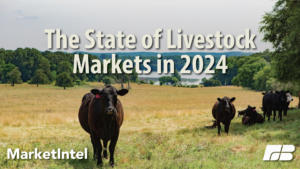Turkeys and Eggs See Greatest Impact of Avian Influenza
Bernt Nelson
Economist
Chad Smith
Associate News Service Editor, NAFB
The H5N1 outbreak continues to trouble the U.S. dairy and poultry industries. Chad Smith has the details.
Smith: Since 2022, the U.S. poultry industry has been battling a particularly persistent strain of H5N1, or avian influenza, and more than 100 million birds have been affected over the last two and a half years. Bernt Nelson, an economist with the American Farm Bureau, says turkeys and egg layers have been hit the hardest.
Nelson: Avian influenza continues to be a problem. We've had 3-and-a-half million birds affected this October. Egg layers and turkeys are still the greatest impacted by this. But broiler flocks tend to benefit from being tucked away a little bit from the Central and Pacific flyways. We've had 73 million egg layers affected by this overall, and this has resulted in some volatility in egg prices. If we look at turkeys, we've had over 14 million turkeys affected by the virus. So, production for turkeys is down about six percent from last year.
Smith: In March of this year, a new sector of the agriculture industry began battling the virus, the dairy industry.
Nelson: Since that time, we've seen nearly 500 detections of avian influenza in dairy herds in 16 states. California is home to 263 of these cases, and this is one of just two states that have had detections in the last 30 days. It's important that consumers know that their milk supply is safe. Pasteurization deactivates the virus, and it's been proven to be highly effective against avian influenza in this circumstance.
Smith: Nelson says the response to avian influenza from USDA’s Animal and Plant Health Inspection Service has been effective.
Nelson: First off, on the poultry side of things, we had regionalization. We still see the spread of the virus, but overall, the biosecurity efforts that they put in place have kept the poultry industry functioning. If we switch gears and take a look at the response in dairy, APHIS responded to this. They use the Emergency Assistance for Livestock, Honeybees, and Farm-Raised Fish program, that’s ELAP, as a medium to deliver indemnities to dairy farmers. So far, this program has made over 100 payments totaling $18 million to help offset these losses.
Smith:More information on H5N1 and the response is available at fb.org/marketintel. Chad Smith, Washington.
Trending Topics
VIEW ALL




